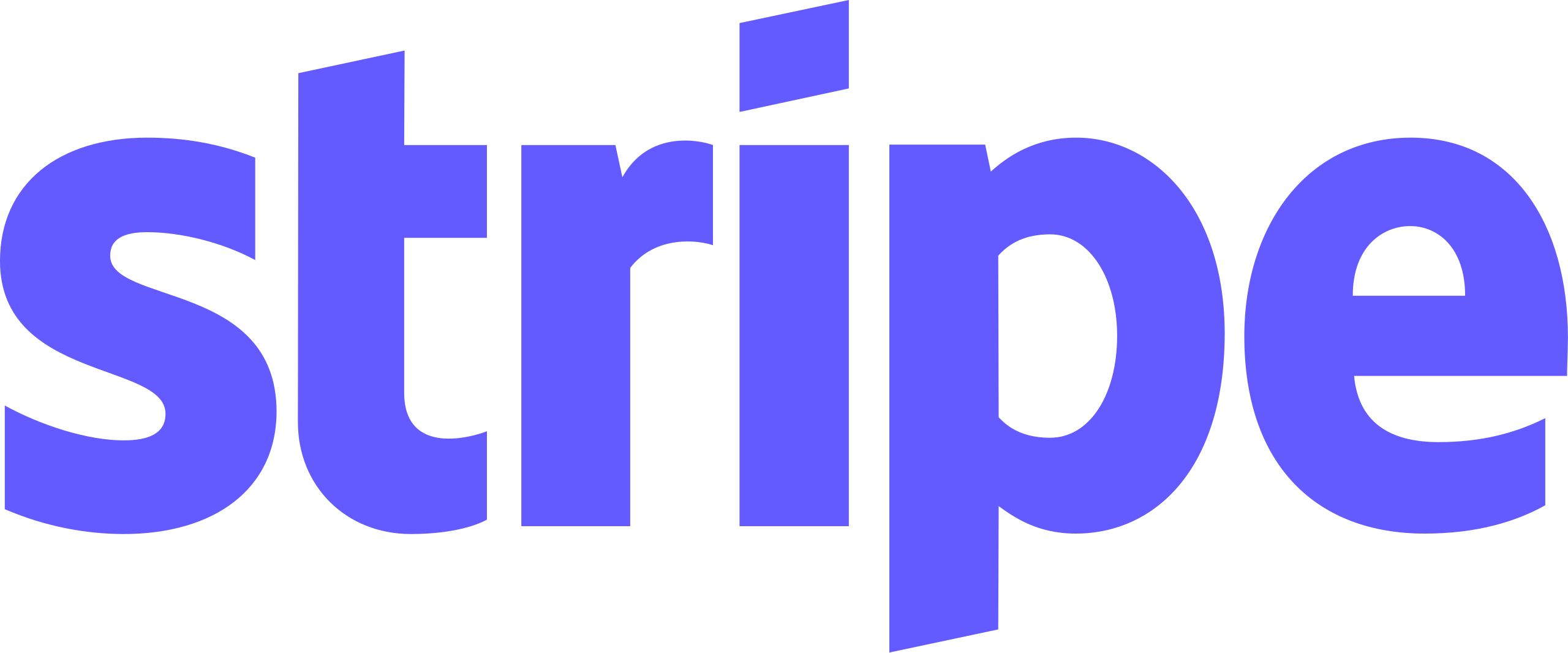REST API call orchestration
Using GraphQL directives in your schema, define a REST connector with a URL and data mappings. GraphOS Router will then automatically orchestrate HTTP calls to your REST endpoint and transform the response data.
Learn more




